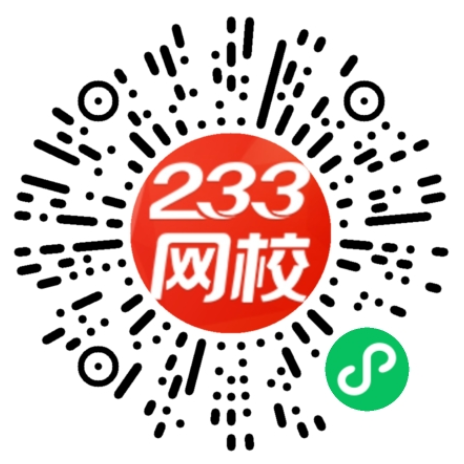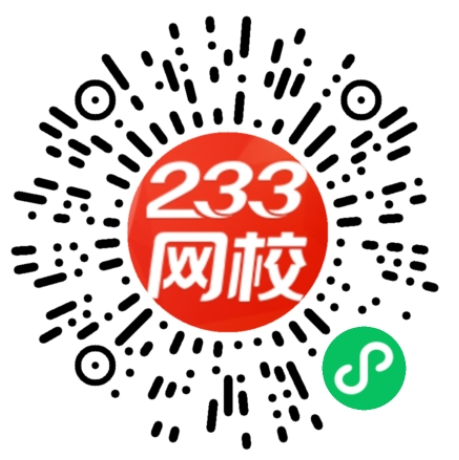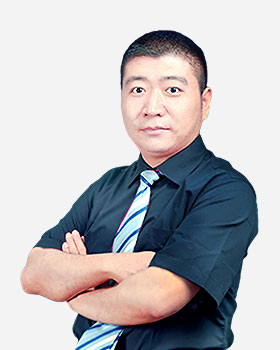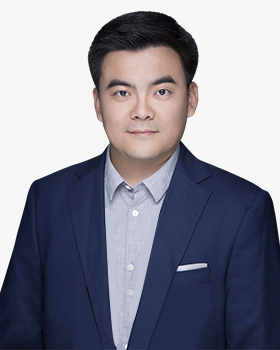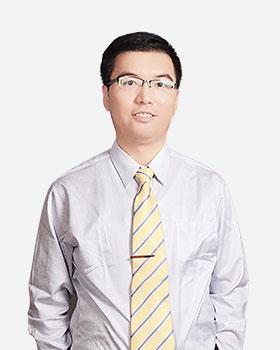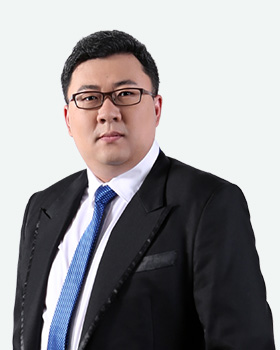翻译作为最考验学生综合能力的题型,是突破高分的门槛,今天小编带来了来自2022年4月Scientific American的文章Nap like a genius,快来一起练习!积累单词、词组,提升能力吧!
Thomas Edison was famously opposed to sleeping. In an 1889 interview published in Scientific American, the ever energetic inventor of the lightbulb claimed he never slept more than four hours a night. Sleep was, he thought, a waste of time.
Yet Edison may have relied on slumber to spur his creativity. (1) The inventor is said to have napped while holding a ball in each hand, presuming that, as he fell asleep, the orbs would fall to the floor and wake him. This way he could remember the sorts of thoughts that come to us as we are nodding off, which we often do not recall.
(2) Sleep researchers now suggest that Edison might have been on to something. A study published recently in Science Advances reports that we have a brief period of creativity and insight in the semilucid state that occurs just as we begin to drift into sleep, a sleep phase called N1, or nonrapid-eye-movement sleep stage 1. The findings imply that if we can harness that liminal haze between sleep and wakefulness—known as a hypnagogic state—we might recall our bright ideas more easily.
Inspired by Edison, Delphine Oudiette of the Paris Brain Institute and her colleagues presented 103 participants with mathematical problems that had a hidden rule that allowed them to be solved much faster. The 16 people who cracked the clue right away were then excluded from the study. The rest were given a 20-minute break period and asked to relax in a reclined position while holding a drinking glass in their right hand. If it fell, they were then asked to report what they had been thinking prior to letting go.
(3) Throughout the break, subjects underwent polysomnography(多导睡眠描记法), a technology that monitors brain, eye and muscle activity to assess a person’s state of wakefulness. This helped to determine which subjects were awake rather than in N1 or if they were in N2—the next, slightly deeper phase of our sleep.
After the break, the study subjects were presented with the math problems again. Those who had dozed into N1 were nearly three times more likely to crack the hidden rule as others who had stayed awake throughout the experiment—and nearly six times more likely to do so as people who had slipped into N2. This “eureka moment,” as the authors call it, did not occur immediately. Rather it happened after many subsequent attempts to solve the math problem, which is consistent with previous research on insight and sleep.
【参考解析】
(1) The inventor is said to have napped while holding a ball in each hand, presuming that, as he fell asleep, the orbs would fall to the floor and wake him. This way he could remember the sorts of thoughts that come to us as we are nodding off, which we often do not recall.
据说,这位发明家打盹的时候,两只手会各拿一个球,一旦睡着,球就会掉到地板上叫醒自己。这样一来,他可以回想起打盹时在脑子里涌出来、事后却经常想不起来的灵感。
①nap n. 小睡,打盹
②presume v. 假定,假设
近义辨析:assume & presume
assume是指没有证据的推测假设;
presume往往指假设的可能性更大一些,在事情发生之前,已经能推测到要发生什么了。
③orb n. 球,天体,圆形物
④nod off 打瞌睡
(2) Sleep researchers now suggest that Edison might have been on to something. A study published recently in Science Advances reports that we have a brief period of creativity and insight in the semilucid state that occurs just as we begin to drift into sleep, a sleep phase called N1, or nonrapid-eye-movement sleep stage 1.
现在,睡眠研究人员指出,爱迪生的做法可能切中了某些要害。最近发表在《科学进步》上的一项新研究称,在进入睡眠前的半清醒状态下,我们会经历一个充满创造力和洞察力的短暂阶段,此睡眠阶段名为N1,又叫做非快速眼动睡眠阶段1。
①be on to sth. 固定搭配,意为“意识到,识透”,通常是指发现一些重要的事情。
②insight n. 洞察力,领悟,了解
③lucid a. 清楚的,明白的;神志清醒的→semilucid意为“半清醒的”
④drift into 不知不觉地陷入
(3) Throughout the break, subjects underwent polysomnography, a technology that monitors brain, eye and muscle activity to assess a person’s state of wakefulness. This helped to determine which subjects were awake rather than in N1 or if they were in N2—the next, slightly deeper phase of our sleep.
在整个休息期间,受试者要接受多导睡眠描记法的记录,该技术可以监测脑、眼睛和肌肉活动,进而评估一个人的清醒状态。这有助于确定他们之中哪些受试者处于清醒状态,而不是处于N1或N2,也就是N1之后睡眠稍深的阶段。
①subject n. 接受实验者,实验对象
②undergo v. 经历,承受
温馨提示:文章由作者233网校-chenjing独立创作完成,未经著作权人同意禁止转载。
